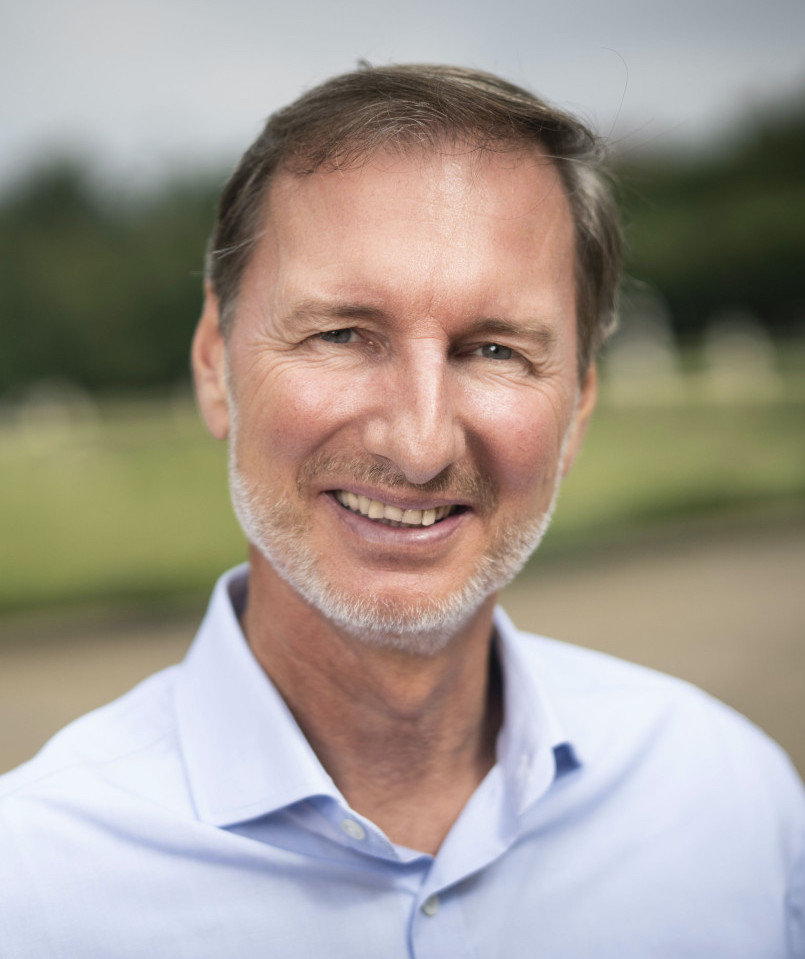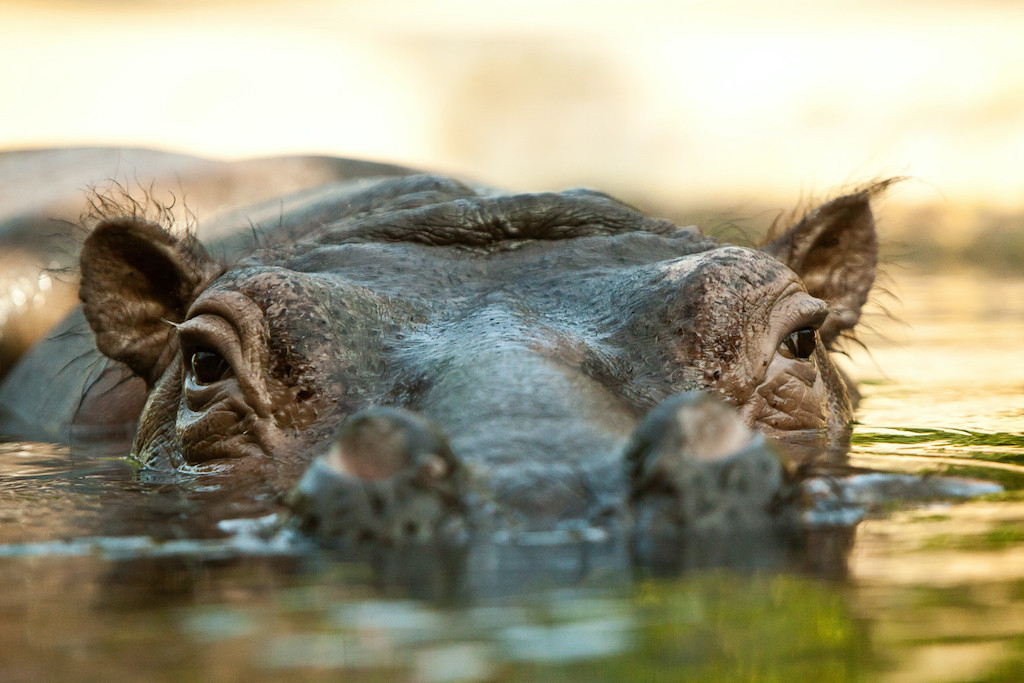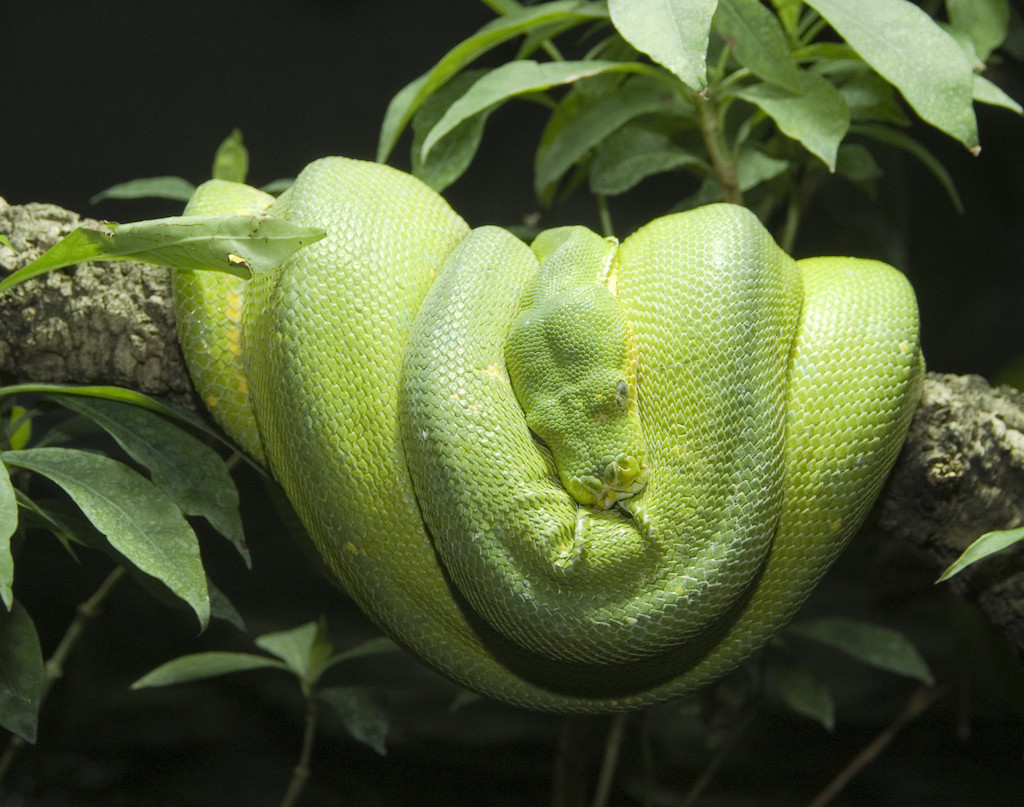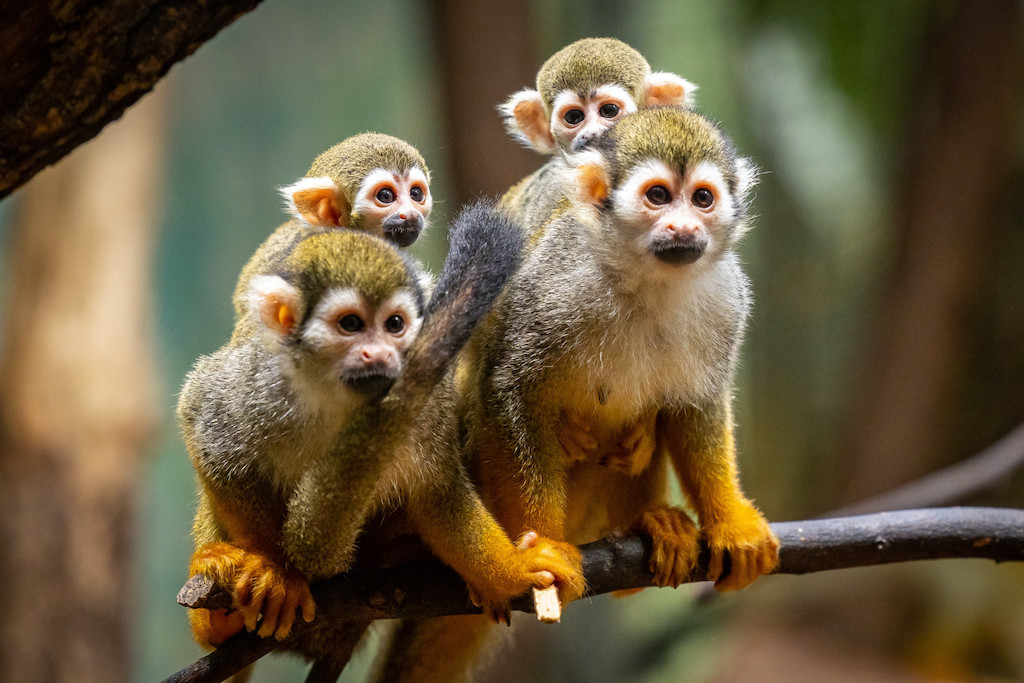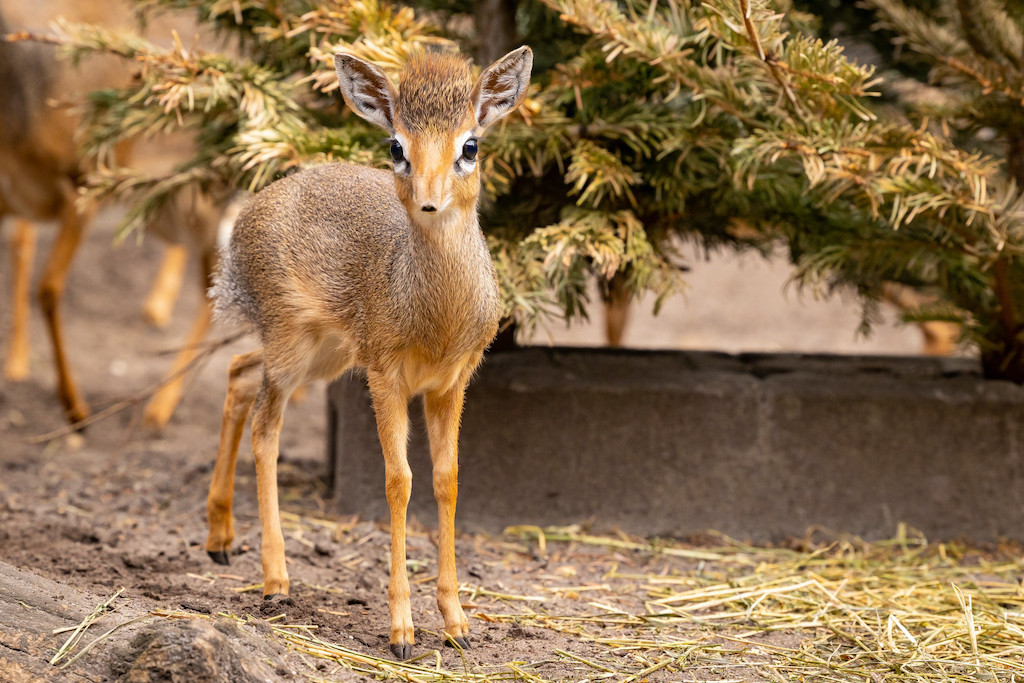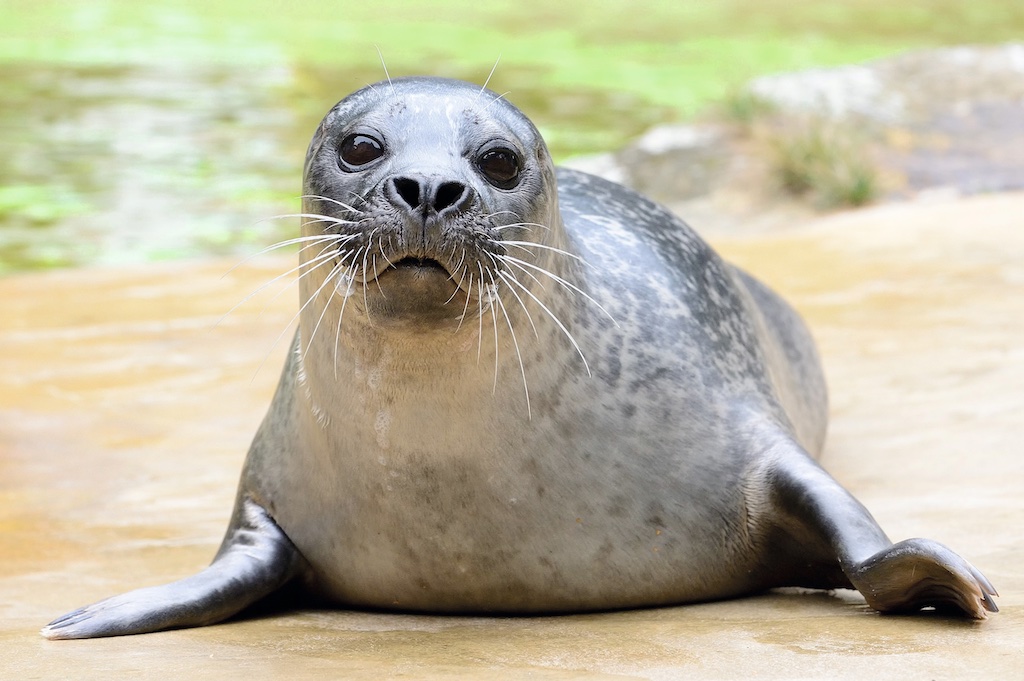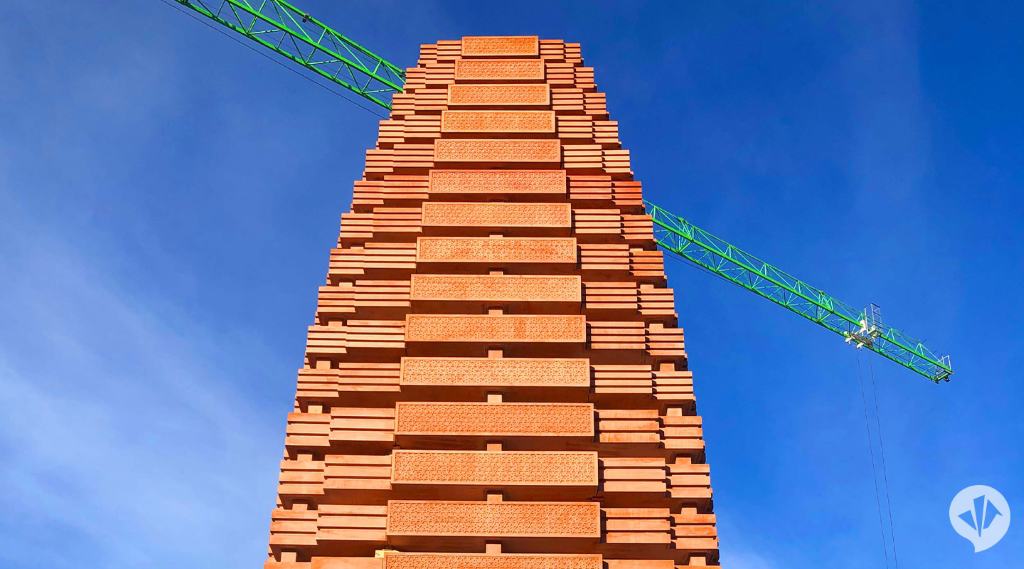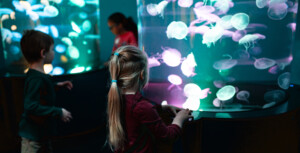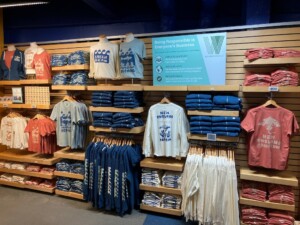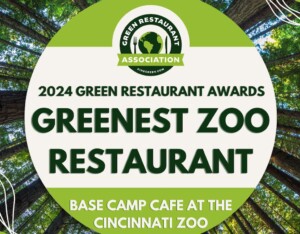Berlin Zoo first opened in 1844, making it the oldest surviving zoo in Germany. Located in Berlin’s Tiergarten, it covers 35 hectares and is home to more than 1,000 different species and almost 20,000 animals.
Dr Andreas Knieriem came to the attraction in 2014. Under his leadership, it has thrived, going from strength to strength.
He spoke to blooloop about his background and the route that brought him to Germany’s oldest zoo. Knieriem also talks about the challenges of running a modern, conservation-focused zoo, and the institution’s new master plan.
A lifelong love of animals
Knieriem’s love of animals comes from his childhood:
“My father was a pathologist,” he says. “He used to have plenty of different pets. We had cats, dogs, chickens, fish, and birds. That was the beginning, in terms of my interest in keeping animals. We had certain duties in early childhood, taking responsibility for our pets, and keeping them healthy, though when I was 10 or 11, I was more interested in astronomy and astrophysics.”
When he was around 13, his father’s best friend was a zoo director, which was the start of his interest in the zoo world.
“I started helping there every weekend, cutting fish into pieces for the dolphins’ meals, for instance. Not very interesting work, but a totally different world from school or home!”
Having started on that road, he says:
“I’m still following it 40 years later.”
He began at Duisburg Zoo, where he was an assistant to the keepers and the veterinarian.
A memorable moment
Working at the zoo from scratch gave him a unique opportunity:
“I was very interested in dolphins, and they offered me the chance to witness a dolphin’s birth. Because the precise birth date couldn’t be calculated, I went along on the first night, and nothing happened. I went along the next night, and the night after that. By the fourth night, I was struggling to keep my eyes open.”
Then, his patience was rewarded:
“On the fifth night, it happened. I witnessed the first dolphin birth of my life. It was very dark; it was hard to see anything, then suddenly there was a very tiny dolphin coming to the surface of the water, and that was a miracle – a soul-taking moment. It was also the moment I knew that I wanted to work in a zoo.”
Accordingly, he had a decision to make about what to study. His father’s zoo director friend gave him some advice, and he decided to study veterinary medicine, in order to become a zoo veterinarian.
A change of plans
Gradually, however, he came to realise that if he wanted to be able to bring about meaningful change, he would have to alter his aspirations:
“I was aware of the ongoing problems of a big metropolitan area,” he explains. “Living in such an area is a very different reality from what the tourists see. It involves problems of infrastructure. There are construction sites everywhere, limiting your freedom of movement.”
It made him realise that simply being a vet might not be enough:
“It was important to step forward, and say: ‘Okay, I want to leave the path of being a veterinarian and become a zoo director or a CEO.’ This meant a shift in terms of work and responsibilities, with more of a focus on human resources, economics, and ensuring that the whole business could function effectively, and we could follow the path of being a good zoo.”
He elaborates on this:
“It means making sure all the different departments are working together, playing as a team. Being a director is like being a coach in a soccer game. You are never allowed to step on the ground, but you need to be a part of the game. You give advice, but you can’t be a goalkeeper. It’s the same with me: I had to learn how to take a step back, but to learn, too, to set out certain aims and goals, and a way of working towards them.”
From Munich Zoo to Berlin Zoo
Knieriem became zoo director in Munich, at Muenchener Tierpark Hellabrunn, in 2008:
“It is important to realize that there are different approaches to being a good zoo,” he explains. Munich was a much more natural habitat. Its exhibits were part of an all-natural situation, which was very different from what I had experienced previously, at a Hannover theme park, where the ground and exhibits were part of a system that needed changing regularly. And then I was announced as the new zoo director in Berlin.”
The Zoological Gardens of Berlin consists of two zoos at different sites in the east and the west of the long-divided city. The important task at that time was to stabilise the economics of both zoos and to create a master plan looking further into the future:
“It wouldn’t be enough to keep looking back at our history. We had to build on that, and realise we have certain kinds of natural substitutes for the exhibits for our animals, and that creating natural habitats for the animals involved reducing the animal stock size by giving some of the animals to other zoos, something that not all visitors wanted to do. It promised to be a slightly tricky situation.”
Knieriem’s wife is a Berliner. Nevertheless, the decision to leave Munich, where everything was running smoothly, was not an easy one:
“It was definitely a good comfort zone for me. Munich is not a bad city, and the decision to come to Berlin and to take on that task was a big one, but in doing so, I had the chance to take on and build up one of the largest institutions in Europe, with respect to the needs of animals, customers, and conservation.”
Putting the needs of the animals first
Balancing the priorities of a conservation organisation where the needs of the animals are paramount with the need to be a premium day out can, he says, be complex. Especially when the animals aren’t keen to be seen:
“Our animal habitats can be like a Magic Eye picture. The animals might have spots for camouflage on their fur or need to hide in a tree. Predators usually don’t want to be seen by their prey, of course.”
“We explain to visitors that everything is OK, and offer help in spotting the animals somewhere behind the bushes, so they feel a sense of achievement if they manage to catch a glimpse of a tail or an ear. That’s OK; they don’t have to see the animal jumping around. In nature, it would be hiding away in the shade, trying to get rest. That is what we need to explain, and it is our job to emulate those natural habitats in the zoo.”
Finding a balance at Berlin Zoo
This can mean space is an issue:
“We emphasise that we prioritise creating quality in our habitats. It is important to change our exhibits. We need technical routines to implement that, and access to these exhibits in order to be able to change and adapt them, and to create new environments.
“Then we have the keepers’ habits. Sometimes, we have keepers saying, ‘We need to tidy it up,’ and I say, ‘Nature is always untidy.’ Sometimes gardening is necessary to limit the growth of some of the vegetation and prevent it from taking over. But we always need to know why we’re doing it. It might be because we’re creating a certain natural look, or to enhance certain comfort zones for animals, for instance, or it might be simply for hygiene.”
“In the past, during the fifties and sixties, for instance, before modern antibiotics and antiparasitic medications, they were particularly worried about losing animals, so tended to keep denser populations. Now, we are far more capable of keeping animals healthy and, where necessary, quarantined. So, we have the opportunity to create optimal naturalistic habitats in our zoos. This means, however, we just don’t have the space to keep so many species.”
What makes a good zoo?
Turning to the primary functions of a really good zoo, he comments:
“Most people don’t come to visit us with the primary goal of becoming hugely knowledgeable about natural sciences or biology or zoology. That just isn’t the main objective of families – they want a good day out. So, it is of absolute importance that we ensure people become, while at Berlin Zoo, fascinated by animals and nature.”
“That is a very simple sentence. But what it means is that we have to realise that a good exhibit is one where people believe it to be authentic, in that it is a very good substitute habitat for the wilderness itself.”
He adds:
“We have a focus on endangered species, keeping them both to raise awareness and to protect their genes – as a biobank, effectively.”
Ambassador species at Berlin Zoo
Given the space limitations, a certain amount of cherry-picking is inevitable, in terms of selecting ambassador species:
“When you focus on one particular endangered species, protecting its habitat – the Indonesian orangutan, for example, is very charismatic, and its natural habitats need to be under protection – you are not only protecting the ambassador species and the vegetation of that habitat but all the other species that inhabit that environment – the amphibians, insects, reptiles – all the things people are less interested in.”
“That’s why we pick a certain ambassador species. It’s for awareness. And, of course, we try to enhance the conservation work, so people are aware that we need to do much more in-situ work in the original habitat of these species. That is the linking act between the ambassador animal in the zoo and the natural habitat.”
The importance of a unified approach to conservation
Conservation work, he stresses, is teamwork:
“We are linked together with many zoos around the world through the World Association of Zoos and Aquariums (WAZA). We have the European Association (EAZA), we have the American Association (AZA), we have the Zoo and Aquarium Association Australasia (ZAA); we have the Species Survival Plan (SSP). There is also an Association for Indonesia, Malaysia, and Japan: Southeast Asian Zoos and Aquariums Association (SEAZA).”
“However, we’re working on joint meetings to get a coordinated, linked planet organisation together, because this is a very big family. The big zoos of the world raise more than 300, $400 million every year for conservation work. That is a huge amount of money, and we want to spend it in the best manner possible, and to focus on areas where we can help a lot of species.”
He adds:
“In Berlin, money for this comes not only from gifts and grants but a certain proportion of the entrance fee paid by our customers is now specifically used for conservation work – and our customers welcome this.”
The challenges ahead
Awareness of the necessity for conservation is growing:
“People realise that, after climate change, reversing the loss of biodiversity must be the primary goal,” Knieriem says. “For thousands of years, we have been destroying forests all over the world, and increasing the amount of cultivated land, predominantly for agriculture.”
This, he says, will be very difficult to reverse:
“A natural forest needs centuries, not decades. We’ve seen that in Germany, where we’ve had a lot of problems with certain types of trees creating much too dry a microclimate. If you see a natural forest habitat with all kinds of different trees and vegetation, it’s more humid. Whereas, we’ve created a dry type of monoculture everywhere. It is a worry.”
Berlin Zoo’s master plan
Focusing on something more cheerful, he turns to the development strategy for the zoo. This was originally drawn up in 2015:
“We created the first master plan then because there was an urgent need for it,” he says. “There was no master plan when I came here to Berlin. You need a certain type of structure, and to assess whether there is a need for a total change. A certain degree of change is a regular management tool, of course. You need to adapt to your economic and your company situation, even in a cultural and scientific-driven company like a zoo.”
“You need to identify what the strengths and weaknesses are, and that’s what we did, in creating a model for the future. The first step was to create an administration to cover both sites and a master plan.”
The biggest issues in the master plan for the Tierpark concerned its history:
“We have plenty of space, but it is very costly. We had to work out how we could change the picture of the park while accommodating its history. The zoo is the oldest in Germany and one of the oldest on the globe. There were a lot of authorities trying to conserve the whole park, ignoring the needs of the animals, and of the staff members.
“This master plan addressed those authorities, explaining the urgent need to proceed in a certain way, laying out the roadmap, the overall costs, our revenues, and the strategy for paying back these investments.”
Refining the road map at Berlin Zoo
The new master plan follows on from this, refining the roadmap in light of factors such as conservation needs, and highlighting certain issues:
“For certain animals, you need acres, not square metres. That is expensive. If you don’t have the space for such species, maybe it makes sense to switch them from the zoo to the animal park, or vice versa, and to realise that for the animals that need much larger habitats, the animal park is the better solution.”
“This needs to be explained clearly, because there are friends of these species in both zoos, and they need to understand that changes made are in the best interests of the animals.”
The rhino problem
Zoo Berlin is one of the most successful keepers of critically endangered eastern black rhinos in Europe.
“We also had Indian rhinos, at the animal park, which didn’t make sense because we wanted to create a very big elephant house.”
A hundred years ago, the solution would have been to keep all the rhino species together in the same habitat:
“Today, however, you ask, ‘What are this animal’s climate needs? What soil does it need? What are all the aspects of its natural habitat?’
Indian rhinos, it transpires, are used to a humid climate, access to water sources, and a soft, swampy surface underfoot:
“The black rhino can live on hard, stony ground. Its needs are totally different, and it makes no sense to keep the two species together. Today, then, we have a more science-driven approach. This means in order to create a variety of new areas and habitats, we have to be able to explain to partners – such as architects- exactly what we need.”
The new Rhino Pagoda at Berlin Zoo
Knieriem has been working with Kieran Stanley of Berlin-based firm dan pearlman, a leading brand and experience architecture group, on a unique 13,000-square-metre habitat for the endangered Indian rhinos. This includes with watercourses, bathing pools and tall grasses evoking the animals’ swampy natural habitat.
The centrepiece is the Rhino Pagoda: a 25-metre tower that can be seen gleaming far beyond the gates of Zoo Berlin, and in which visitors will learn about conservation, extinction, and the impacts of biodiversity loss.
As part of the ceremony laying the cornerstone for the new exhibit, a time capsule was buried in. the foundations. This contains the building plans, artwork and crafts by fans of the species, and an animal habitat sign.
Tapirs and Visayan warty pigs will share the €20 million habitat. Around €13.7 million has been provided by the State of Berlin as an investment in Berlin as a tourist destination.
“Kieran Stanley and I have worked together for decades now,” Knieriem says. “It’s very important that an architect works closely and sensitively with the needs of the zoo to create a good exhibit for animals. It should work for the animals, for the keepers, for the technical department, for the visitors, and for conservation. We are really happy Kieran is the architect, and at our side.”
All images © Zoo Berlin unless otherwise stated

